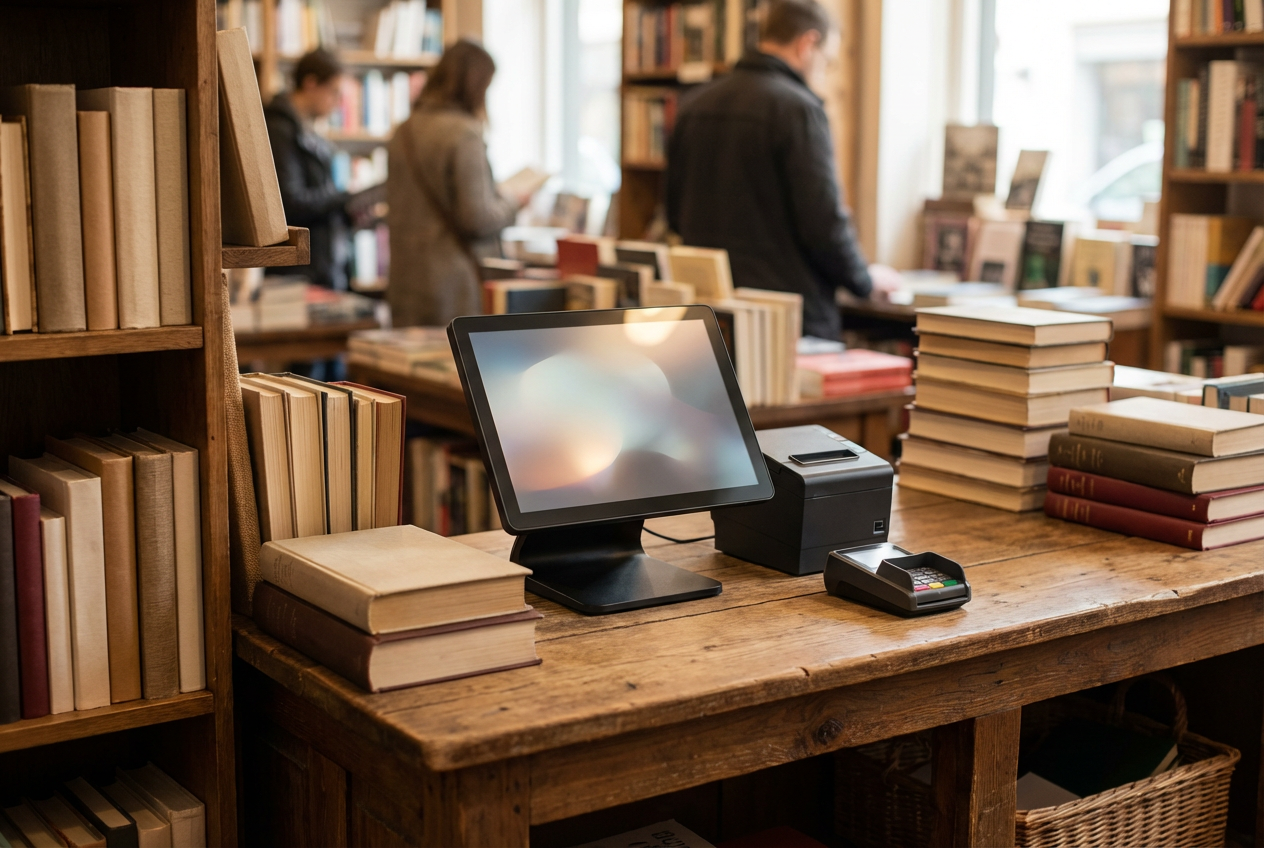In today’s competitive retail landscape, running a seamless operation across online and physical storefronts is not just an advantage—it’s a necessity. Shopify POS (Point of Sale) is a retail solution designed to help businesses bridge that gap. Whether you’re a small boutique, a growing pop-up shop, or an established retailer, Shopify POS offers the tools needed to manage sales, inventory, and customers in a unified platform.
This comprehensive guide explores everything you need to know about Shopify POS in 2025—from core features and pricing tiers to hardware requirements and benefits—so you can make an informed decision about integrating this powerful retail tool into your business.
What Is Shopify POS?
Shopify POS is a point-of-sale system developed by Shopify, one of the world’s leading e-commerce platforms. It enables merchants to sell products in physical locations like retail stores, markets, and pop-ups while maintaining seamless integration with their online Shopify store.
The system syncs orders, products, customer profiles, and inventory across all sales channels, making it easier to manage your business from one dashboard. Shopify POS can be used via a mobile app on iOS or Android devices and supports a wide range of retail hardware, including barcode scanners, card readers, and receipt printers.
Shopify POS: Key Features in 2025
Unified Inventory Management: Shopify POS ensures that your online and offline inventories are synced in real-time. Whether a product is sold online or in-store, the inventory automatically adjusts, reducing the risk of overselling or stock discrepancies.
Customer Relationship Management (CRM): With every sale, Shopify POS builds a customer profile. It stores purchase history, contact info, and preferences, allowing you to personalize marketing efforts and build loyalty programs.
Omnichannel Selling: Shopify POS supports omnichannel strategies, including “buy online, pick up in store” (BOPIS), ship-to-customer, and in-store returns of online purchases. This flexibility caters to modern shopping behaviors.
Payment Flexibility: Accept all primary payment methods—credit/debit cards, Apple Pay, Google Pay, gift cards, and split payments—using Shopify Payments or third-party processors.
Detailed Analytics and Reporting: Track sales, staff performance, inventory trends, and customer behavior through a powerful analytics dashboard. Use this data to make smarter business decisions.
Multi-Location Support: Operate across multiple physical locations with centralized inventory and order management, perfect for retailers scaling to new storefronts.
►►► Optimal solution set for businesses: Multi store POS, Next-gen POS, Inventory Management Software (MSI), Self Service, Automation, Backorders
Mobile POS Capabilities: Use smartphones and tablets to turn any location into a point-of-sale station. Ideal for pop-up events, trade shows, or seasonal kiosks.
Shopify POS Lite vs. Shopify POS Pro
Shopify POS Lite is a basic POS system included with all Shopify plans, suitable for simple, in-person sales at one location, while Shopify POS Pro is an add-on offering more advanced features and is better for businesses with multiple locations, larger inventories, or those requiring more granular control over staff and reporting.
Shopify offers two POS tiers: Lite and Pro. Here’s how they compare:
| Feature | POS Lite | POS Pro |
|---|---|---|
| Included with Shopify Plan | ✅ | ❌ ($89/month/location) |
| Basic Checkout Features | ✅ | ✅ |
| Omnichannel Selling | ❌ | ✅ |
| Staff Permissions | ❌ | ✅ |
| Advanced Inventory Management | ❌ | ✅ |
| In-Store Analytics | ❌ | ✅ |
| Customer Loyalty Programs | ❌ | ✅ |
POS Lite is suitable for small retailers with minimal in-store needs, while POS Pro is ideal for larger operations needing advanced tools and scalability.
Read more:
Shopify POS Hardware: What You’ll Need
To run Shopify POS efficiently, you’ll need compatible hardware. Shopify offers a complete hardware kit or individual components based on your setup.
Common Hardware Includes:
- Card Reader: For contactless and chip card payments.
- Receipt Printer: Prints professional invoices.
- Cash Drawer: Connects to your POS system and opens automatically with a sale.
- Barcode Scanner: Speeds up checkout and inventory management.
- iPad or Tablet Stand: Keeps your setup organized and accessible.
Shopify POS hardware is available directly from Shopify or authorized resellers. Compatibility with iOS and Android ensures flexibility.
Shopify POS Pricing in 2025
Shopify POS Lite
- Cost: Free with any Shopify plan (starting at $39/month)
- Best For: Simple in-person selling with basic features
Shopify POS Pro
- Cost: $89/month per location (in addition to your Shopify plan)
- Best For: Growing businesses needing advanced inventory, analytics, and staff management
Additional Costs:
- Hardware: From $49 (card reader) to $500+ (full kit)
- Transaction Fees: 2.4% to 2.9% per transaction, depending on your plan
Who Should Use Shopify POS?
Shopify POS is an excellent fit for:
- Retail Stores: Especially those already using Shopify for online sales.
- Pop-Up Shops: Easy mobile setup for seasonal or event-based selling.
- Multi-Location Businesses: Centralized inventory and reporting.
- Omnichannel Retailers: For those offering BOPIS or flexible return options.
Notably, Shopify POS is especially useful for businesses already invested in Shopify’s ecosystem. If you’re using Shopify for your online store, the transition to Shopify POS is seamless and cost-effective.
Advantages of Using Shopify POS
- All-in-One Platform: Manage your entire retail operation—online and offline—in one system.
- Ease of Use: User-friendly interface for staff and admins.
- Scalability: Easily add locations, staff, and new channels as your business expands.
- Strong Support and Community: Access 24/7 Shopify support and a global user community.
- Customization: Use Shopify apps to extend POS functionality (e.g., loyalty programs, accounting software, and local payment integrations).
Limitations to Consider
While Shopify POS is powerful, there are some limitations:
- POS Pro Cost: The $89 per month per location price tag for Pro may not be ideal for small businesses.
- Feature Gaps: Some advanced retail features like complex product bundling or restaurant ordering may require third-party apps.
- Hardware Dependence: Performance depends heavily on compatible hardware and devices.
Shopify POS Alternatives
If Shopify POS doesn’t fully meet your needs, consider these alternatives:
1. Square POS
- Best for small businesses
- Free basic plan with transparent pricing
- Can integrate with Shopify using third-party tools
2. Lightspeed Retail
- Advanced inventory and analytics
- Built-in eCommerce support
- Higher learning curve and cost
3. ConnectPOS
- Strong omnichannel capabilities
- Native integration with platforms like Magento POS, Shopify POS, and WooCommerce POS
- Suitable for complex retail setups
Shopify POS in 2025: Trends and Outlook
Shopify continues to evolve its POS solution, responding to the growing demand for hybrid retail models. In 2025, we expect:
- Improved AI features: Including predictive inventory, customer behavior analysis, and innovative promotions.
- Greater app ecosystem: More integrations tailored to industry-specific needs (e.g., food & beverage, fashion).
- Global expansion support: Enhanced multi-currency and tax settings to support cross-border retailing.
Final Thought
Shopify POS is more than just a payment terminal—it’s an ecosystem designed to simplify and unify your business across all touchpoints. Whether you’re launching your first retail outlet or expanding to new locations, Shopify POS provides the flexibility, tools, and support you need to scale confidently.
For businesses seeking even more robust omnichannel POS solutions—especially those operating across multiple platforms, such as Shopify, Magento, and WooCommerce—ConnectPOS is a strong alternative. It offers real-time synchronization, extensive customization, and advanced inventory features that go beyond standard Shopify capabilities.
Interested in ConnectPOS?
Contact: [email protected]
Website: https://www.connectpos.com/
Ready to bring your in-person retail into the Shopify ecosystem? Explore your Shopify POS options today and take advantage of modern, streamlined retail technology built for the future.
►►► Optimal solution set for businesses: Shopify POS, Magento POS, BigCommerce POS, WooCommerce POS, NetSuite POS, E-Commerce POS



